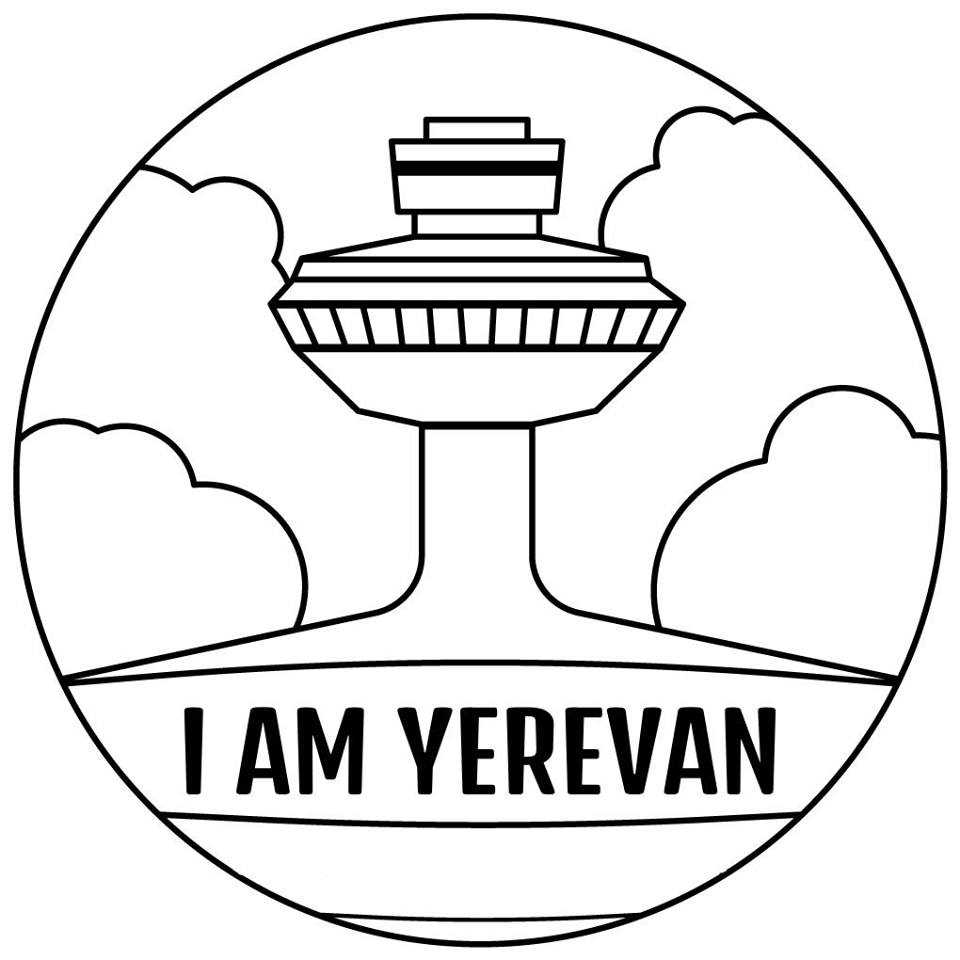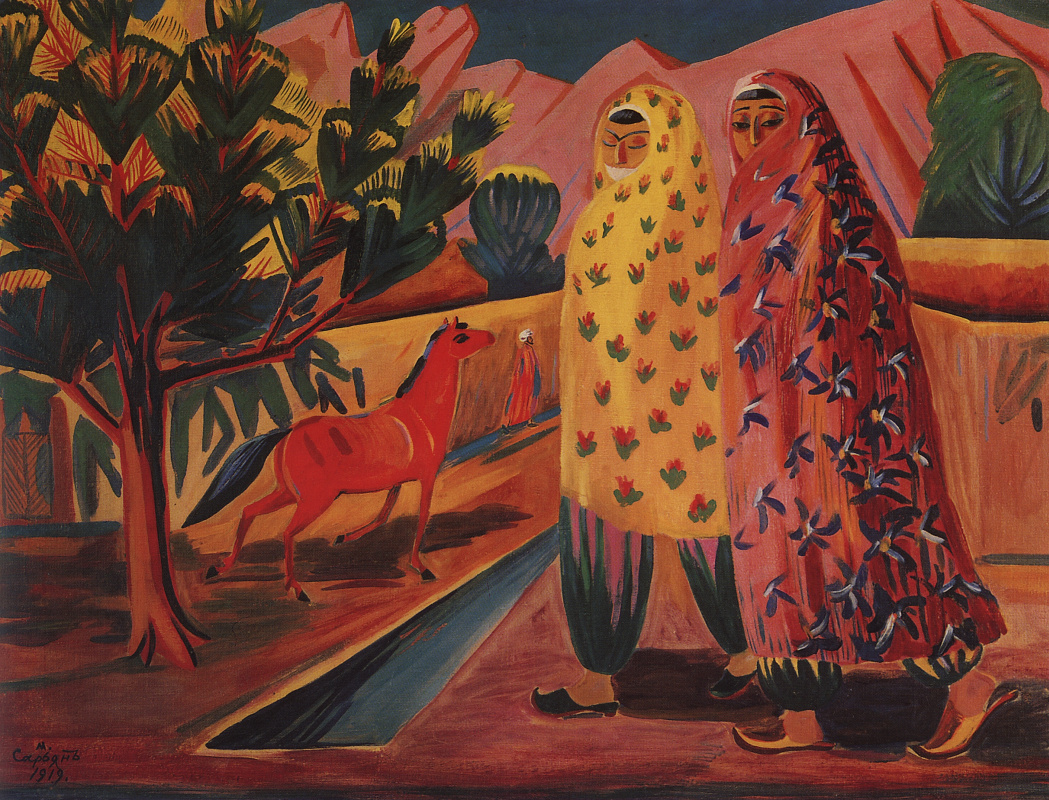
Winter
January 21, 2019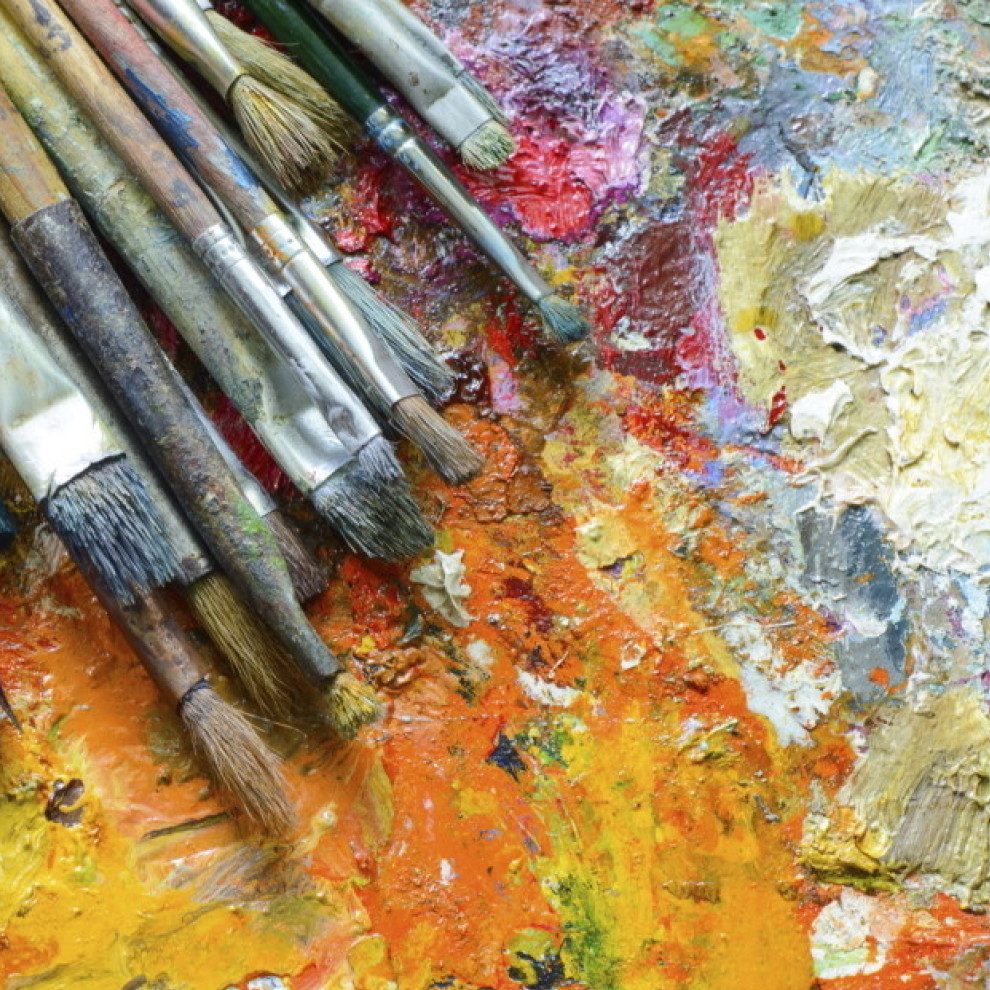
Arts and Crafts
January 25, 2019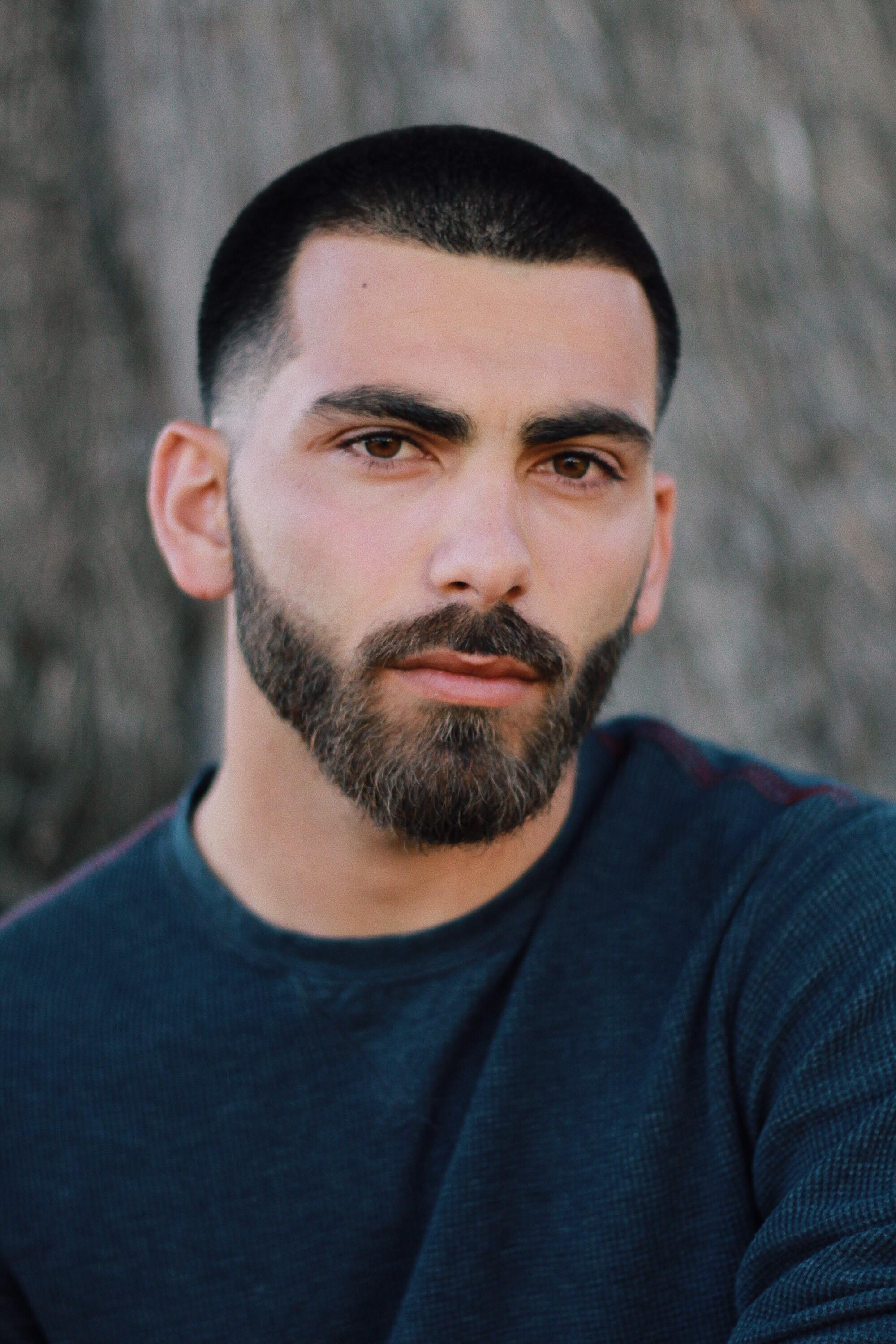
“Richard Èlmoyan is a Los Angeles native and former Yerevan resident. He holds degrees in Urban Geography and International Relations from San Francisco State University.
Richard writes on topics concerning renewable energy, geopolitical relations, and urban development and planning. On his free time he cycles, travels to obscure locations and eats pryanik with coffee.”
The Armenian capital carries a unique and versatile history, similar to its city design and architecture.
Yerevan inherits a strong presence of Soviet architecture with a twist of Armenian design – sculpting the common Armenian identity.
Since Armenia’s independence in 1991, Yerevanian city plans have lacked representation of public persona through architecture – specifically in the 2000s. Yet, contemporary city developments seem to be revisiting its roots under the leadership of Chief Architect Meshchyan. Paying homage to its signature style that helped shape Armenian identity for centuries.
Yerevan enjoys various architectural structures, some of which date back to medieval monastery styles. Though the majority of the cityscape reflects on the industrious Soviet period, by no means did it suppress Armenian creativity. Upon Armenia’s accession to the Soviet Union, the initial Chief Architect Alexander Tamanyan set the groundwork of Yerevan’s city layout. Tamanyan, an Armenian architect born in Czarist Russia, created a national identity through design.
Tamanyan’s city plan maneuvered uniform design imposed by Soviet leadership with traditional Armenian engineering. It then enriched Soviet architecture through the signature Armenian tuff stone for substance. Armenians defied architectural assimilation through its exclusive appearance. Ultimately, setting itself apart from other Soviet major cities.
Tuff stone provides locals and visitors breathtaking sunrises and sunsets where pink skies meet pink facades – an essential part of the Yerevan experience. The stone’s unique coloration is largely due to the welded pyroclastic form of tuff – a highly abundant resource in Armenia. Although the Italians and Turks also inherit the volcanic stone, Armenians continuously stabilize a unique national identity through its material use. The country’s code of design relies on the allocation of tuff stone from local quarries close in geographic proximity. Its utilization is a vital component of Armenian ornamental design.
Examples: Republic Square (1926),The Armenian National Academic Theatre of Opera and Ballet (1933), Moscovyan Passage (2006), Yerevan Train Station (1956).
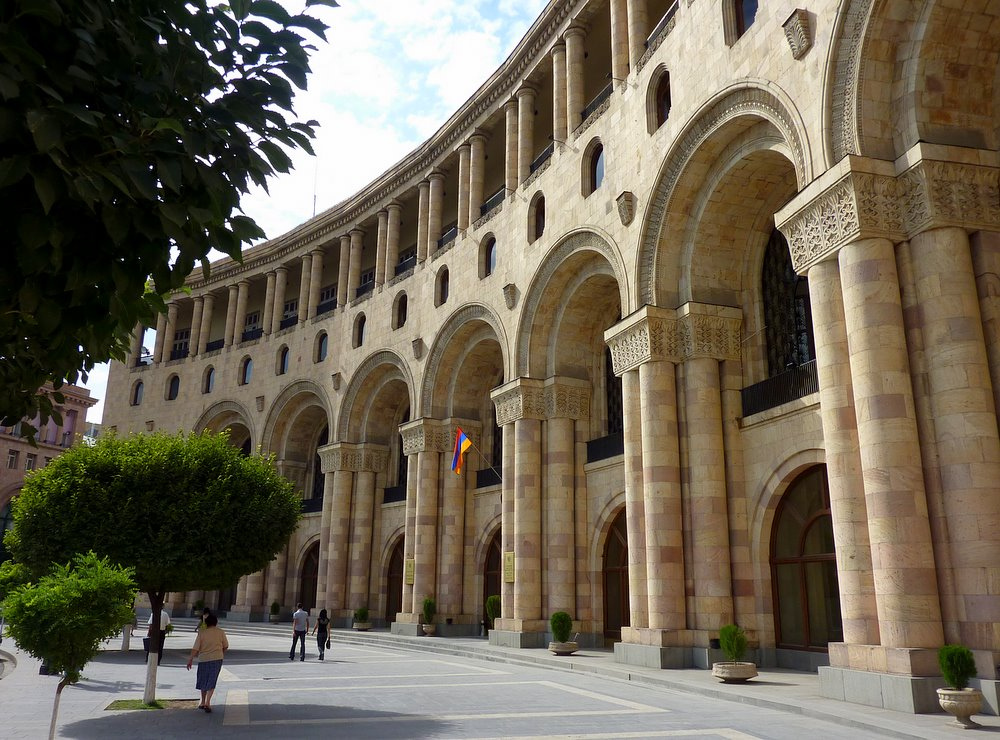
Republic Square (1926)
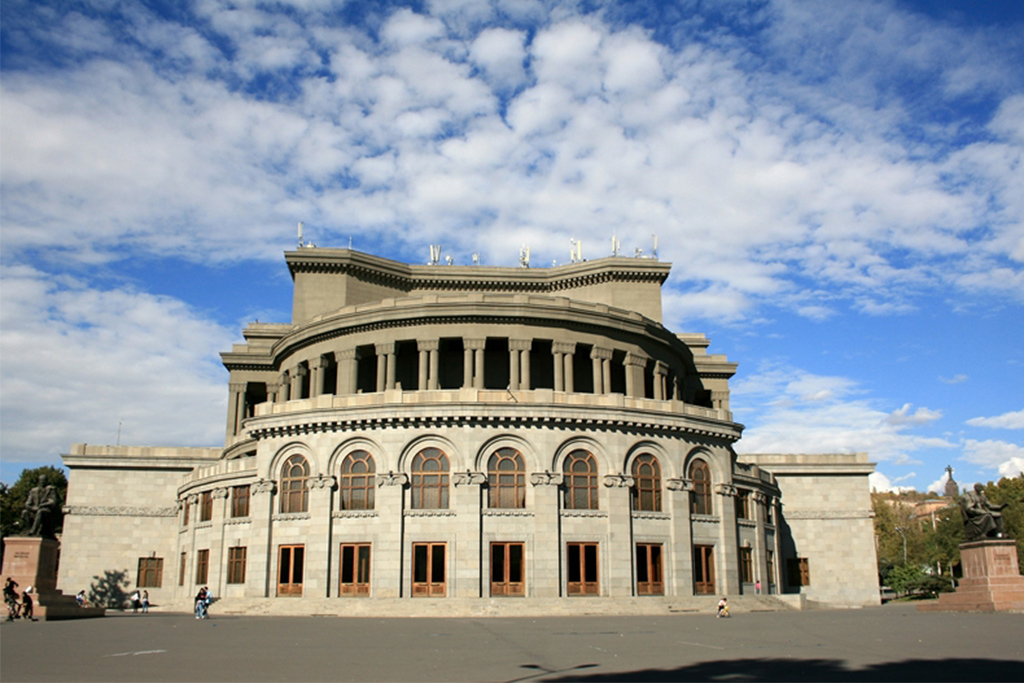
The Armenian National Academic Theatre of Opera and Ballet (1933)

Moscovyan Passage (2006)
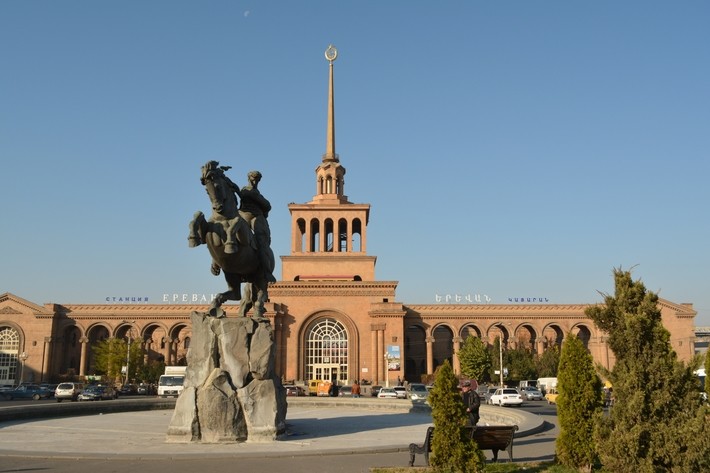
Yerevan Train Station (1956)
Aside from architectural perspectives, since the recent selection of Meshchyan as chief architect, and Hayk Marutyan as city mayor, Yerevan has proposed plans to reestablish an aerial tram from the city center to Nor Nork, restore Opera Park’s green belt and deconstruct past illegal constructions in the Kentron District, and most importantly expand the metro subway system towards Ajapnyak District.
Though it is too early to review the outcome of projected city plans, design, and architecture, it shows a will from the public sector to revisit an identity that has been lost in translation.
